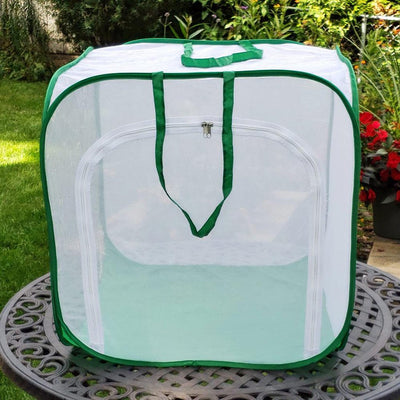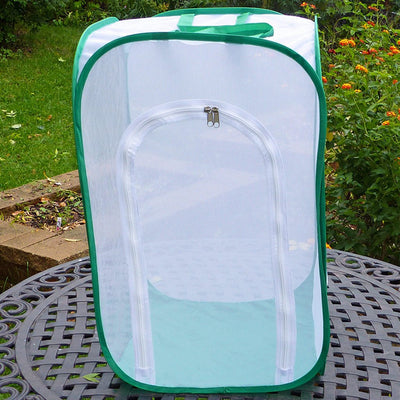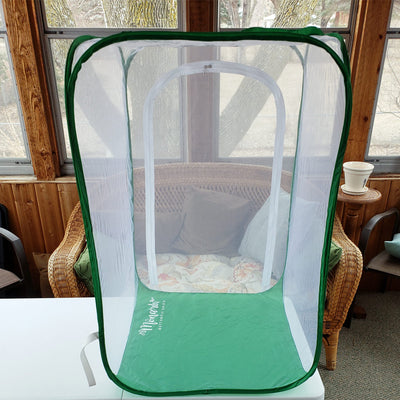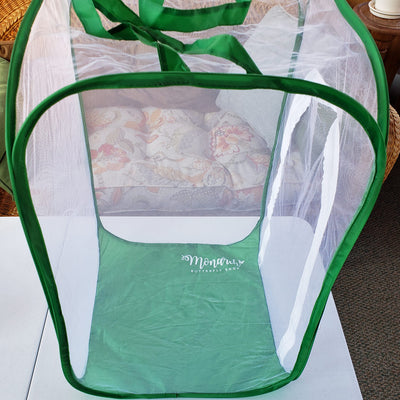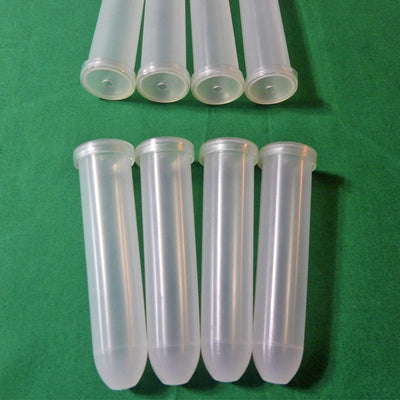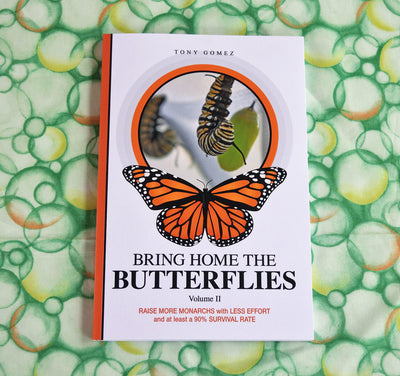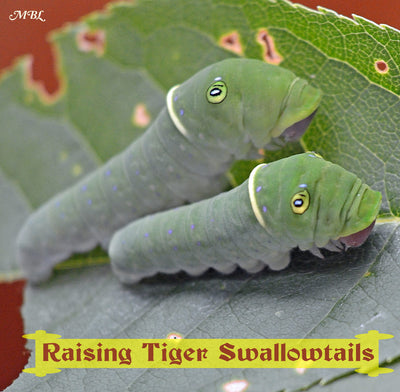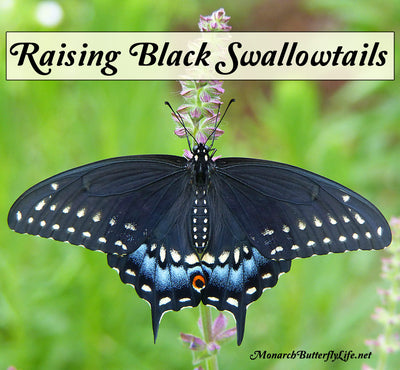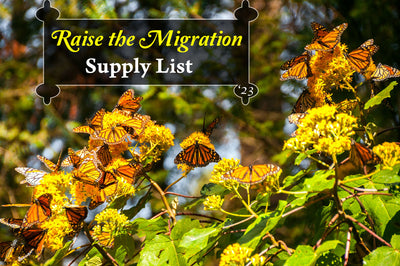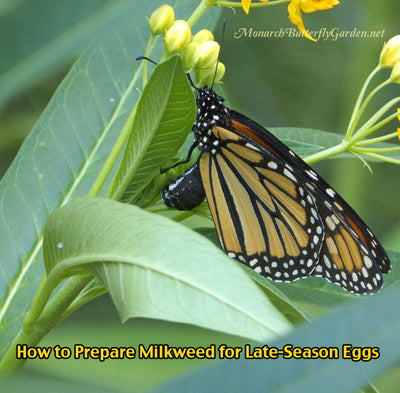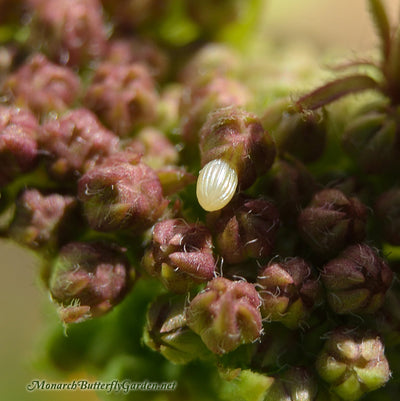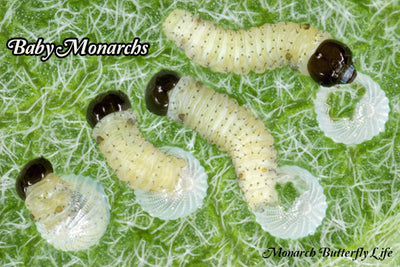Raising Butterflies Blog
How To Avoid Losing Small Monarch Caterpillars

Keep Your Baby Caterpillars Safe and Secure
Raising monarch caterpillars is an exciting summer activity for gardeners of all ages. After raising monarchs for over 30 years, my survival rate has climbed over 95%. (The survival rate for monarchs outdoors is barely 5%.)
If you’d like to increase the survival rate of your tiny monarch caterpillars, try this technique each spring for raising monarch butterflies and watch your survival rate soar over 90%!
One of the most important decisions for raising monarchs will be your habitat, or cage. I’ve tried more than a few over the years and you might be surprised to learn what I use for a ‘spring starter’ cage.
Potted Plants
Milkweed container plants offer a simple way to start raising monarch caterpillars each spring. Just put out a pot of milkweed and let mama get the season rolling. Each spring, I set out my overwintered tropical milkweed. When the monarchs arrive in late May, my potted plants are ready for an epic eggs-plosion. Here’s how my system works:
==============================================================
Set Up
 Potted Milkweed Meal(s)
Potted Milkweed Meal(s)- You’ll need at least 1 mature potted milkweed plant
- Place it out in your yard or garden, where monarchs are likely to find it
- Wait for a ‘mama’ to leave you some eggs
- Bring the plant into an enclosed porch or your house
- Make sure you put the pot inside a saucer. (This keeps your table clean/dry, while making escape nearly impossible)
- Inspect the plant for spiders, ants, wasps, foreign eggs, etc.
- Make sure the plant has been sufficiently watered
- Wait for your eggs to hatch
After-Hatch
 Needle in a Haystack
Needle in a Haystack- Keep the plant watered and spray the leaves each morning with water…the caterpillars like water and won’t wander from a healthy, hydrated plant
- Don’t drown the caterpillars, or blast them off the plant with extreme water pressure
- You can transfer them to a larger cage after 3-4 days, if you wish
- Cut back and hose down milkweed to avoid potential disease issues for future generations
- repot or plant the milkweed in your garden
==============================================================
Tips
- I would suggest no more than 10 caterpillars per plant…the more crowded your tenants, the likelier they’ll “make a crawl for it”
- Spray plants from a distance and keep an eye out for caterpillars ‘hanging by a thread’ after you spray (this should not happen if you’re lightly spritzing the leaves)
- Place your ‘caterpillar plant’ in an area with moderate temperatures ( between 60°-85° F)
- Don’t place baby caterpillars in an area they’ll be exposed to extreme sun or wind
- Re-check your plants for predators
==============================================================
Pros
- This ‘cage’ eliminates the need to take leaves from plants and having to keep those leaves from drying out
- Newborn caterpillars have no reason to wander away from a plant w/ fresh leaves
- The saucer adds an extra layer of security if your tiny cats do start crawling away from their only food and shelter
- No cleaning up poop/frass…it falls into the soil or saucer
- Less time intensive
==============================================================
Cons
- Requires you to buy, dig up, or overwinter a plant
- Mature nursery plants cost more than starter plants
After about a week, you’ll want to either move your caterpillars to a secure cage or put your milkweed plant into a secure cage. Check out some of the best cages for monarch caterpillars.
Happy Raising! 🌿🐛

